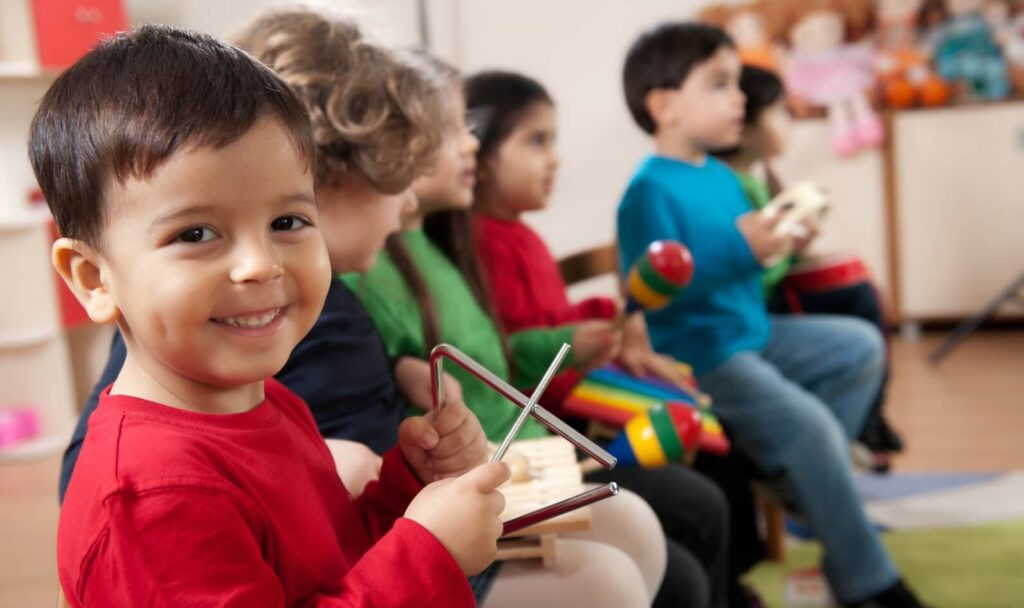Most people equate the word discipline with punishment, but in reality, discipline means “disciplina,” a Latin word that means learning, self-control, knowledge, and an orderly way of life that formed the foundation of positive discipline in a Montessori environment. It is different from how we grew up. Some of us were accustomed to phrases like; how dare you do that? How many times do I have to warn you? If you don’t complete your task, you are not getting any cookies. All these phrases revolve around punishments and rewards, which are the worst enemies of the child’s natural development.
Montessori uses positive discipline to teach children with clear communication about what is desirable and undesirable behavior. Positive discipline guides children to develop self-will and the freedom to make their own choices within limits, experience the choices, and learn from the consequences of their choices.
The Montessori approach to discipline fosters respect, love of order, obedience, and a healthy relationship between adults and children. It provides effective strategies for raising happy, well-behaved, confident, and successful children. Read on to learn about the Montessori view on self-discipline and how you can maintain positive discipline in your home or school for lifelong learning.
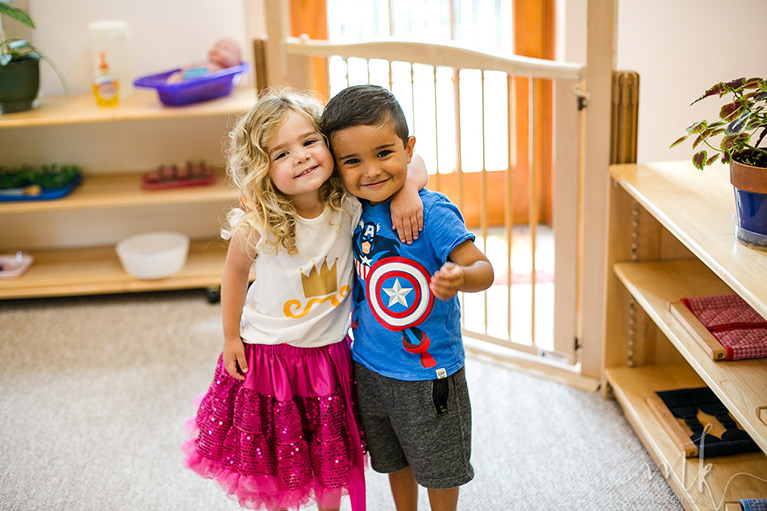
What Type of Discipline was Advocated by Montessori?
Montessori believes that obedience and self-discipline are necessary stages in the child’s development of his own will. She categorically states, ‘If the child is not yet master of his actions, if he cannot obey even his own will, so much the less can he obey someone else’s will”. The child must be allowed to experience his environment, make his own choices and gain knowledge.
Maria Montessori advocated self-discipline with the use of self-correcting materials. The choice of materials in the Montessori environment is specifically designed for the child to control his errors, and by completing an activity satisfactorily, the child feels motivated to take on more complex tasks.
The freedom of choice allows the child to take control of his life and decisions in the future. Children show more interest in accomplishing practical activities than typical play toys and rewards. Over time, spontaneous self-discipline emerged. Montessori concluded that children tend to reach a new level of autonomy by working independently and becoming self-motivated learners.
Maria Montessori sees the role of a teacher as a facilitator for young children who are free to move and act within the limit of a prepared environment. The knowledgeable adult must prepare the environment to help children develop discipline. Discipline isn’t inherent in a child; it is something that they have to learn. Montessori recommends that we instill discipline by giving children the opportunity to learn through respect, shared responsibility, and cooperation with peers.
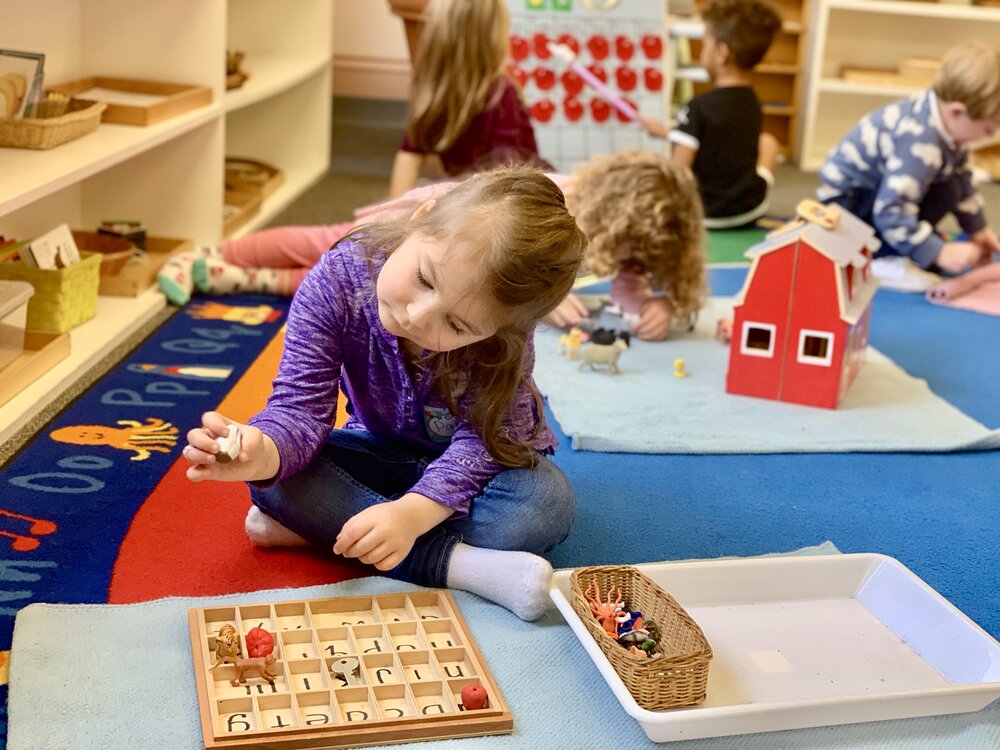
How do we Maintain Discipline in a Montessori Classroom?
The Montessori method is not just an educational curriculum; it is a lifestyle. Many schools became successful because of the Montessori style of discipline. The type that naturally complements the relationship between the child and the adults. Positive discipline in a Montessori environment is based on empathy, respect, validation of the child’s emotions, and providing children freedom within limits.
Freedom within limits
Children can choose from the activities that meet their needs in a Montessori classroom. You can ask the child, “would you like to work with the animal puzzle or the pink tower? The child is then allowed to choose from the two options. You have to go with whichever activity the child prefers. That way, the child feels in charge of his learning.
The goal is for children to become self-disciplined and self-evaluators who can control their behavior. Children are allowed to make choices for themselves and experience the result of those choices.
Cooperation
In a positive discipline approach, you look at the situation together and mutually decide on the benefit or consequences of an action. It shouldn’t just be to your advantage as an adult or teacher, but it should also make sense to the child. Children develop a healthy connection and positive self-esteem when part of decision-making.
For instance, when you make a rule that no one should run around the classroom. You can bring the situation up for conversation and ask the children, “do you think it is a good idea to run in the classroom?” give them room to discuss their ideas. You can now add that we could bump into something and hurt ourselves, knock someone over, or hurt our friends. Since it is not a good idea, the children can develop possible rules to ensure no one runs in the class. This way, there is clear communication, cooperation, and respect for everybody.
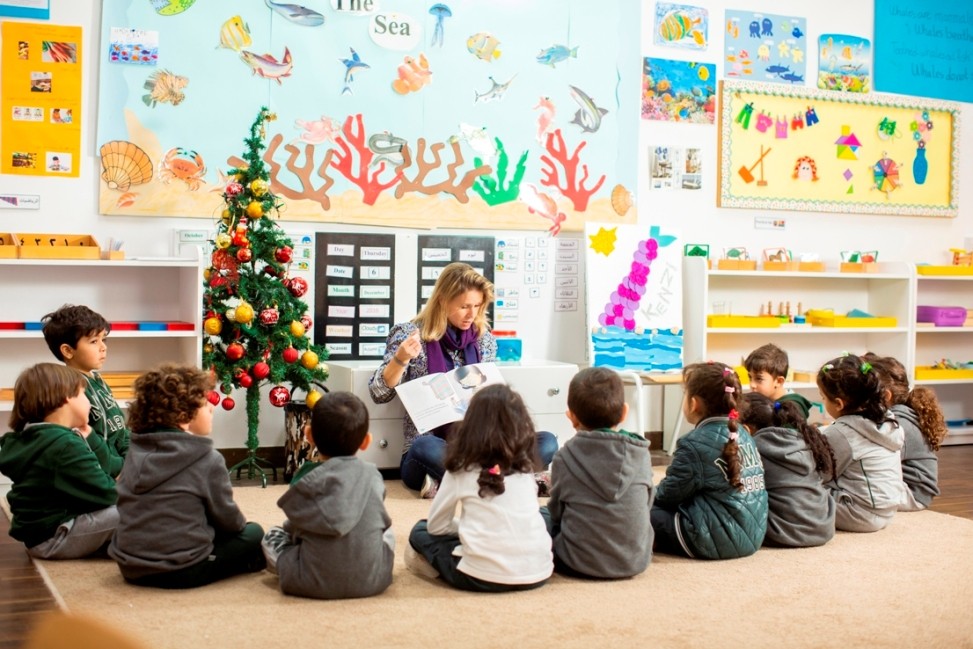
Positive connection and obedience
Children will develop positive behaviour if they love and respect you. They do not want to hurt you because they feel appreciated, so they joyfully obey you.
Children are happy to obey rules when they are not forced, punished, bribed, or nagged. They willingly accept guidance from a trusted adult. The reason children follow the rules joyfully is because of the positive connection you have created with them. Positive connection is a crucial factor in developing positive discipline.
Let’s picture a scenario, it is getting to recreation time, but the children are still actively engaged in their activities; you can give them a heads up by calmly saying, “it seems you are having fun with the toys, but it’s time for recess so I will provide you with a few minutes to tidy up your activities, and then we go for recces. That way, children feel acknowledged and respected. They also have time to process the information and obey.
Taking Turns
There is only one type of toy for each activity in the Montessori classroom. Children are not forced to share toys or activities. They are encouraged to take turns, and this is not taking turns as determined by the teacher; it is taking turns when the child has completed the activity or is ready to give up on the toy.
If the children are verbal, you can teach them how to advocate for themself. You can give them words that they can use when another child approaches them to use the toy. Encourage them to say something like, “I’m working with the toy right now; you can have a turn when I’m done.” When children are encouraged to wait for their turn, they imbibe respect for one another and self-discipline.
Social skills, Grace, and Courtesy
Exercises for developing social skills; grace and courtesy are an excellent way of fostering positive discipline. The exercises include greeting people, interrupting, coping with an offense, conduct with visitors, behavior on outings, helping out, table manners, and serving food. All of these social activities help achieve self-discipline.
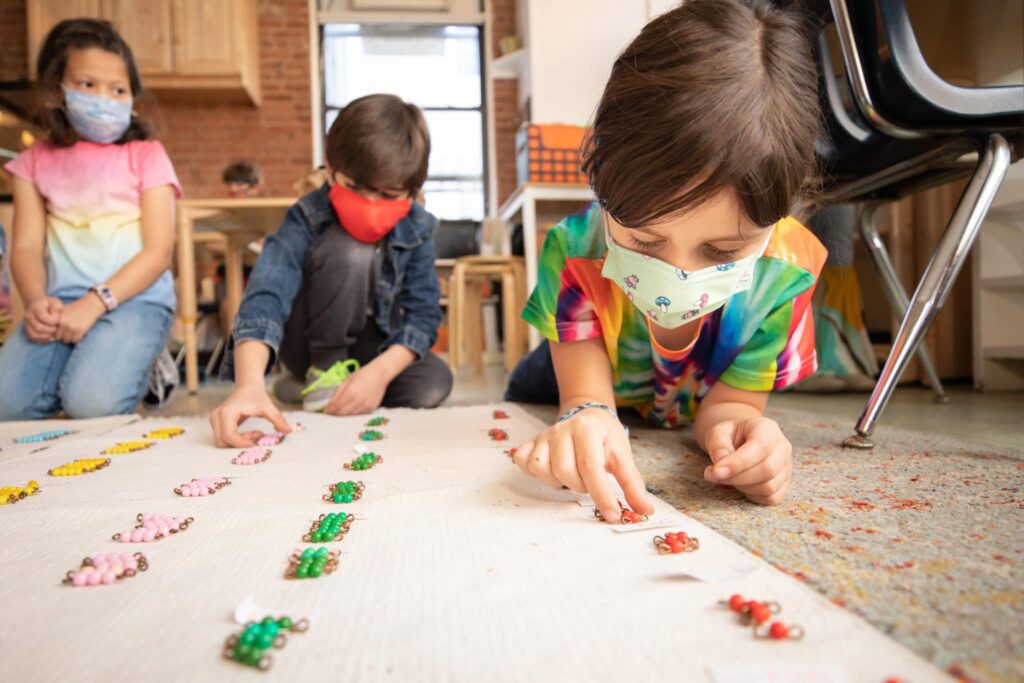
How to Maintain Discipline in a Montessori Home
Positive discipline from infant to toddler lays the foundation for raising an obedient and confident child. It sets clear boundaries to forge a strong foundation for healthy communication and lay the groundwork for a happy and respectful relationship with our young children.
Here are some practical and proactive strategies for implementing Montessori positive discipline at home based on real-life scenarios
- Modeling: The most impactful tool for teaching children is modeling what we want them to do or to be. Children are ingrained to absorb people’s behaviors within their immediate environment. As parents, you ought to be good role models to your kids. Treat them the way you would like them to treat others, even in your absence. For instance, If you consistently remind your child to say ‘excuse me’ when someone is obstructing their movement, but you turn around to say ‘move ‘or show physical actions like pushing the person aside, the child will do the same because that is what they see you do all the time.
- Daily Routine: Montessori shelf work or activities appeals to the child’s sense of order. Having a routine when the child knows what to expect all day from when they wake up to bed is key to disciplining the child. For instance, the child already knows that she brushes her teeth and eats breakfast once she wakes up, followed by Montessori activities, lunch, nap, playtime, bath, dinner, storytime, and bedtime. The better you consistently stick to a routine, the more discipline your child becomes
- Redirection: Toddlers do not have the power of logical thinking till about six years. Think about empathic ways of redirecting your child from undesirable behaviors or activities that you consider unsafe. If your child is throwing lego blocks, instead of yelling, you can say,” I can see you enjoy throwing things around the house but throwing lego blocks is not safe.” You can provide an alternative by offering the child a stuffed animal.
- Tell your child what to do instead of what not to do: It is easier to instill discipline when you focus on what your child is to do. Instead of saying, ‘please, stop running around the house, you can say, please walk through the house”. Another instance is when your child is screaming, you can say, calm down, let’s use our indoor voice. Children react emotionally better when they are asked to do something. It makes them focus their energy on what needs to be done.
- Give information, not orders: Many parents are accustomed to giving the child commands such as ‘pack up your toys’—it is not a very effective way of getting your child to cooperate with you. I see toys on the mat. It is like an invitation to do something. The child will then pick them up and arrange them on the shelf. Toddlers love to be helpful around the house.
- Give the child a heads up: play is the child’s work. When the child is in the middle of an activity, do not interrupt suddenly. You say in the park, having a great time.” it is time to go home,” the child might throw tantrums. The easiest thing to do is say,” sweetheart, we will be leaving the park in a few minutes. Would you like to go tho slides or wheels before we leave? That way, you won’t take them by surprise.
- Connection before corrections: Positive Connection should come before correction for discipline to be effective. When your child is experiencing an emotional meltdown, get down on your child’s level and keep an open arm. Emphasize your love for them. If your child does not want to be hugged, remind the child that you will be there whenever they need a hug—ignoring their tantrum won’t help matters. When the child is emotionally stable, you can talk about what they did wrong and the possible solutions.
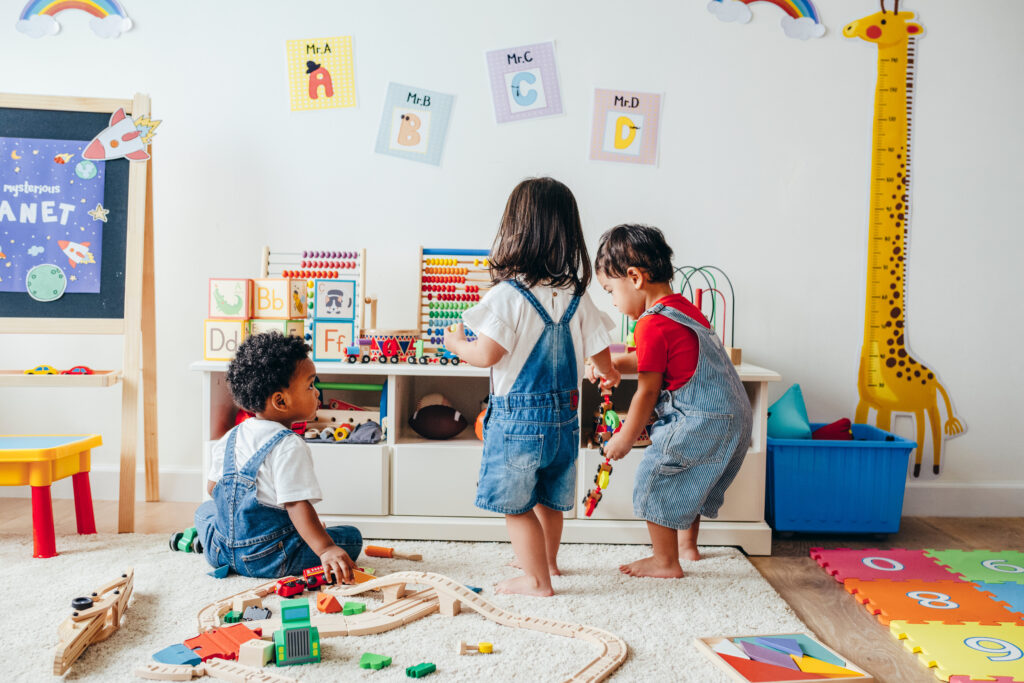
Positive discipline is not permissive parenting. It is about setting kind limits in clear language and sticking to them. Instead of raising your child on punishment or instilling obedience due to fear of consequences or providing some form of bribe in other to get them to be obedient, positive discipline focuses on respectful parenting and empathic communication between you and your child so that that will love to obey.

